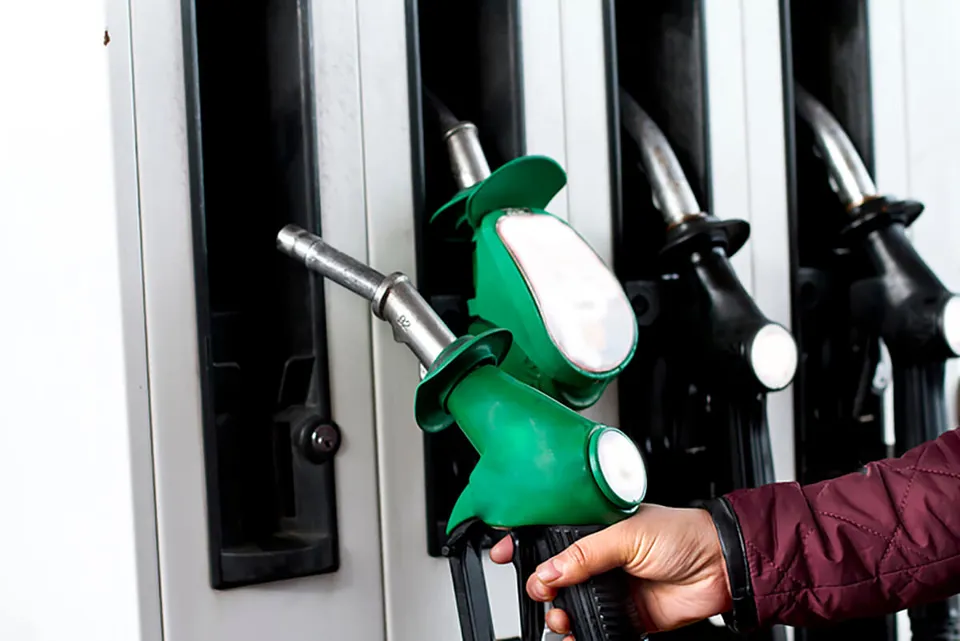By Mark Cartwright, head of LCVs, Freight Transport Association
Chewing on a whole jalapeño will hurt. It will rain on bank holidays. Diesel is expensive.
All statements of the blindingly obvious, but with fuel representing almost half of the day-to-day running costs of a van, what are operators doing to control their costs and what can we learn from them?
After 12 months of price swings at the pump, diesel prices have been relatively stable in recent months.
Even so, we have seen an average increase of around a penny a litre over the past month as a stronger pound failed to offset all the impact of higher oil and wholesale fuel costs with an overall increase of around 2% over the year.
A bit of ‘back of fag packet’ maths easily puts the annual fuel cost of a typical van covering 25,000 miles at getting on for £7,000 – a pretty significant sum.
Against this background, what steps do we see operators putting in place?
The old adage is ‘you can’t manage what you don’t measure’ and this certainly holds true here.
An overwhelming 85% of respondents to a recent Van Excellence survey measure consumption across all of their van fleet with the balance checking on some of their fleet.
Encouragingly this figure is up from the 54% who measured their whole fleet in our survey 12 months ago.
We also wondered how much detail operators were able to draw from this analysis. Were they comparing drivers, routes or vehicles?
Again it seems operators have upped their game on this with most comparing stats by vehicle type, but with more starting to look at individual driver performance with the support of their telematic providers (Greenroad and Van Excellence partners LightFoot being pre-eminent in this field).
The message when looking at fuel purchasing practices seems to be not to put all your eggs in one basket with most respondents using a mix of methods.
Bulk purchasing and bunkering of fuel remains the mainstay of most operators, albeit with a recognition that the fragmented nature of van operations with many vehicles based at the drivers’ homes didn’t always lend itself to the traditional HGV model of fuelling at base.
Interestingly, several operators reported their business continuity plans called for access to alternative supplies should circumstances require this.
So what practical measures do we see operators taking to reduce fuel use?

















Login to comment
Comments
No comments have been made yet.